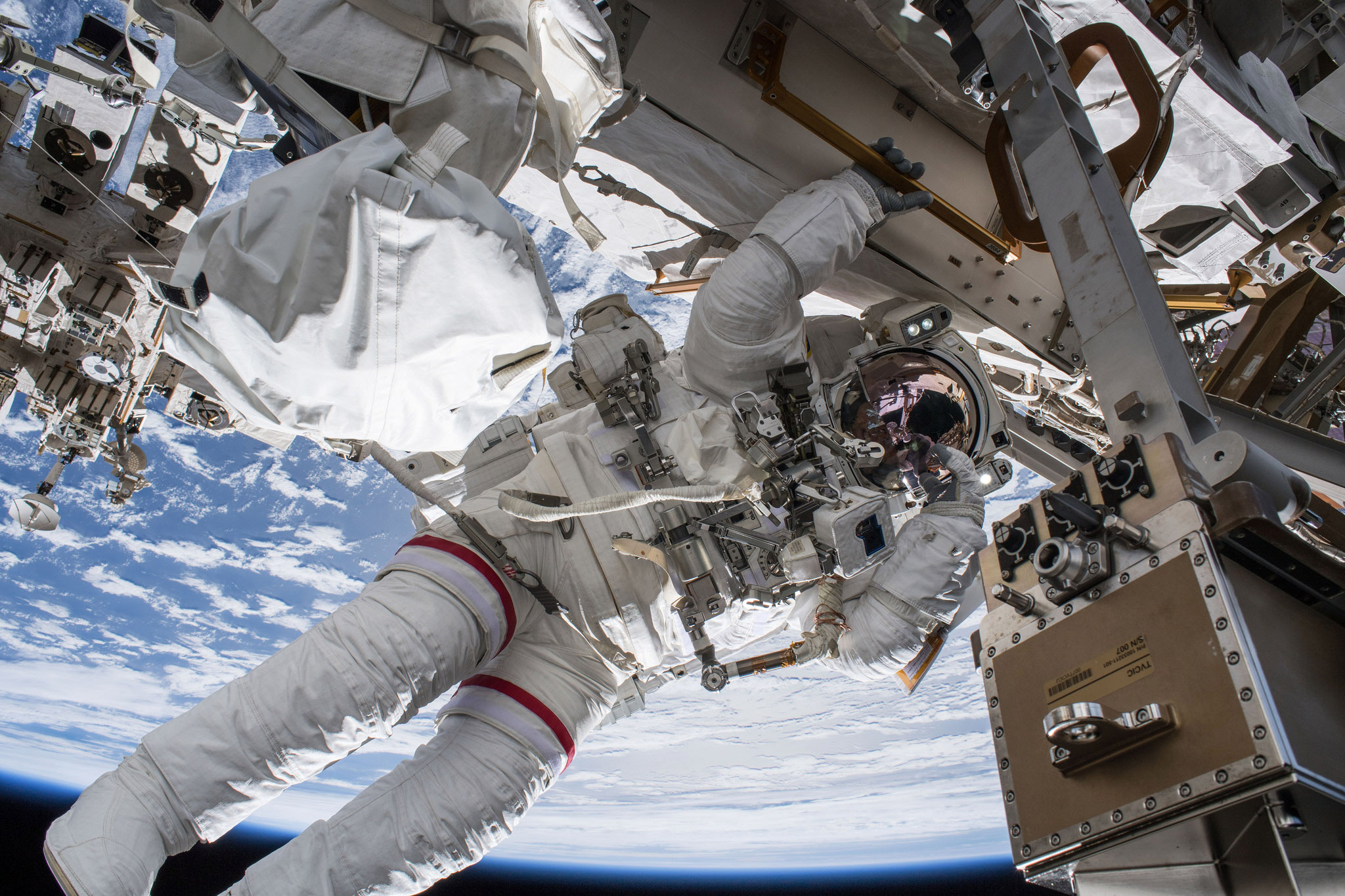In 2018, scientists discovered something unexpected lurking aboard the International Space Station. This unexpected visitor turned out to be five strains of a multi-drug-resistant bacteria known to cause Enterobacter bugandensis. Now, though, researchers say at least 13 strains have been discovered. This means that the original strains have mutated into several new strains of bacteria never before seen on Earth.
Of course, it’s impossible for any human to never come into contact with bacteria. However, with so many types linked to various illnesses, verifying what kind of bacteria is around, especially in essential places like the ISS, is important. Because the ISS is such a heavily controlled environment, the discovery of these new strains of bacteria has raised some intriguing questions about future space travel efforts.

The microbes and bacteria that live on the ISS are extremely important to ensuring that astronauts remain healthy during their service times aboard the station. And it’s because of the microgravity and increased radiation exposure that the station offers that some bacteria can often mutate into new strains never before seen on Earth.
A new study released in March looks in-depth at the new strains discovered aboard the ISS. This bacteria is an opportunistic pathogen, which means it will only cause disease in a person if they are already battling a disease or have a weakened immune system. Luckily, astronauts aboard the ISS are put through rigorous testing, so that isn’t often the case. But, as these astronauts spend more time in space, their immune systems weaken, which could give the bacteria a place to latch on.
The researchers involved in the study believe that the unique environment that the bacteria found aboard the ISS could be what is driving it to mutate into bacteria never seen on Earth before. The hope is that these findings will help discover more about the microbial ecosystem dynamics within the ISS to help researchers come up with new ways to mitigate these threats going forward.








